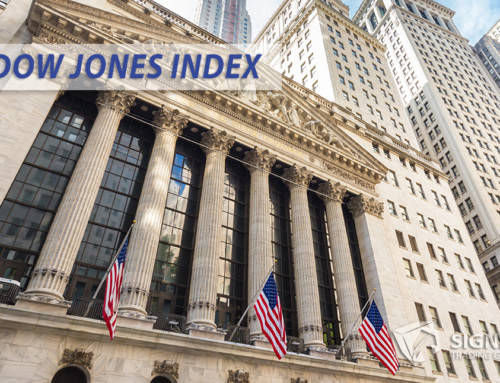The Santa Claus rally: a yearly phenomenon
The Santa Claus rally is a name given to the period in December when stock prices tend to rise. The rally typically lasts from the last week of December to the first week of January. Many traders and investors keep an eye on this phenomenon, which can give clues about where the market is headed in the new year. There are many theories about why the Santa Claus rally happens, but one thing is clear: it’s worth paying attention to! In this blog post, we’ll look at some possible explanations for why stock prices go up during this time of year.
The Santa Clause rally is a phenomenon that happens every year around Christmastime.
Every year around Christmas, traders look for a remarkable phenomenon to help boost their portfolios. That phenomenon is called the Santa Clause rally – a time-honored tradition among veteran investors. As a result, the market tends to experience a minor jump between mid-December and early January, sometimes referred to as the Holiday cheer effect. It’s an interesting pattern that has been held for years, and it’s worth understanding if you’re an investor who wants to make the most of your positions during this period. Although there are several theories about why the rally occurs, ranging from lower taxes in December to the long holiday break in January, there is no clear evidence that one factor contributes more than another.
Nevertheless, investors should pay attention to this unique form of seasonal investment activity and take advantage of its potential upside each year. Not only can this give them a head start on their annual returns, but it can also help them solidify their strategies for trading throughout the rest of the year. Consequently, it never hurts to familiarize yourself with this festive wave each winter and use it to your benefit!
Investors tend to buy stocks during this period to get a year-end bonus.
With the end of the fiscal year just around the corner, many investors are considering how they can take advantage of any potential opportunities for end-of-year profit. For example, many stock and ETF traders see this time as an ideal opportunity to capitalize on market gains during a bull phase or reduce their losses during a bear market phase. Additionally, long-term investors may buy stocks at this time in hopes of receiving an end-of-year bonus. This investing could be a low-risk way to capitalize on short-term gains and an intelligent way to manage portfolio risk. Furthermore, due to seasonality in the markets, the rate of return on investments typically rises towards year-end, and investors can take advantage of higher returns. Stock traders should, however, approach these strategies with caution and not rely solely on market timing and seasonality trends when making investment decisions. Nevertheless, investing during this time can be an exciting yet rewarding endeavor if handled correctly.
This strategy often pays off, as the stock market typically sees an uptick during this time.
Investing in stocks can feel like a risky endeavor, yet it can be an extremely lucrative long-term strategy if done carefully. Many savvy investors know that one key to making money in the stock market is to buy and hold stocks for the longer term to try and capitalize on seasonal trends over time. The traditional wisdom is that you should buy stocks from late November until January since this period is often known as “The Santa Claus Rally” – because historically, stocks tend to move upwards at this time of year. This strategy usually pays off as stock markets typically see an uptick due to increased company spending when companies want their balance sheets for end-of-year closing statements. Additionally, individual investors may feel optimistic after the Christmas holidays and ready to invest large sums of money into the stock market again. So, while not a guaranteed strategy, looking at seasonality when investing can often pay off handsomely – if done correctly and with an informed understanding of how markets work. Good research and timing are essential when embracing this investment approach. Learning about seasonality within the stock markets can help give investors a better long-term strategy for achieving financial growth. All investments go hand in hand with risk, so ensure you have sufficient knowledge before diving into any investment plan.





